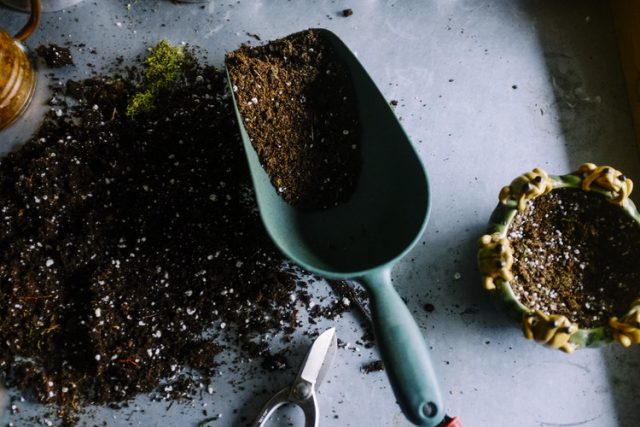Don’t let the winter ruin the beauty of your garden. Take care of it using the tips you can read in the following section. Maintaining your garden in this cold season, after all, can also prepare it for when spring and summer come.
So, if you’re ready, let’s begin highlighting the things you can do to maintain your winter garden.
Removing spent plants
Cleaning up finished and rotting plants is one of the best ways to keep your garden healthy in the winter. Removing old plants will not only tidy it up but also prevent the spread of fungi, pests, and diseases.

Getting rid of spent plants and then burying those disease-free finished plants can prevent most garden pests from spreading when the spring comes. In addition, burying them will also improve soil health as they can add organic matter to it.
Pruning in winter
Pruning helps remove dead plant in order to promote the growth of larger shoots for the coming growth season.
When pruning shrubs and flowering trees, you must prune the autumn and summer flowering shrubs and trees in the early spring and late winter. You must also prune those when their flowers started fading.
Also, you should be pruning deciduous plants for their spring re-growth because many of them are inactive or dormant in the winter. And as the foliage of the plants is gone, it is easier and faster to see their shape.
For best results, keep the following in mind:
- You should first prune out diseased or dead branches.
- You must also consider pruning on a dry day.
- In order to increase both the air and the light at a tree’s crown, you should remove smaller and overgrown branches.
- Also, don’t remove the branches that keep the tree’s structure and that are developing.
- You should also cut branches at the part wherein a twig or branch is attaching to another.
Planting bulbs
This winter, you should also learn how to divide and plant bulbs.

Bulbs, including daffodils and tulips, should be planted early in the winter because they require much time before blooming in the spring. These bulbs also need cool temperatures which can speed up their flowering.
For fall-planted bulbs, you should soak them in warm water for 12 hours before planting them, especially for tunicate-type bulbs that have teardrop-shaped or enclosed, round bulbs. However, this method is not suitable for lilies and other bulbs with fleshy scales.
By soaking them, the bulbs will absorb enough water to grow fast, saving you three weeks of time, especially if you’re in a northern climate location. Divide and then fertilize the bulbs to promote their blooming.
For bulbs that have few or no flowers, you might want to divide or fertilize them first. You can also consider using slow-release bulb fertilizers to keep its effectiveness in the early spring.
Planning Ahead
Use these tips to prepare your garden for the next gardening season. These tips will improve your yields in the end aside from helping you keep a lovely garden in the spring and the summer.
The post How to Take Care of Your Garden in Winter appeared first on Dumb Little Man.
from
https://www.dumblittleman.com/garden-in-winter/

No comments:
Post a Comment